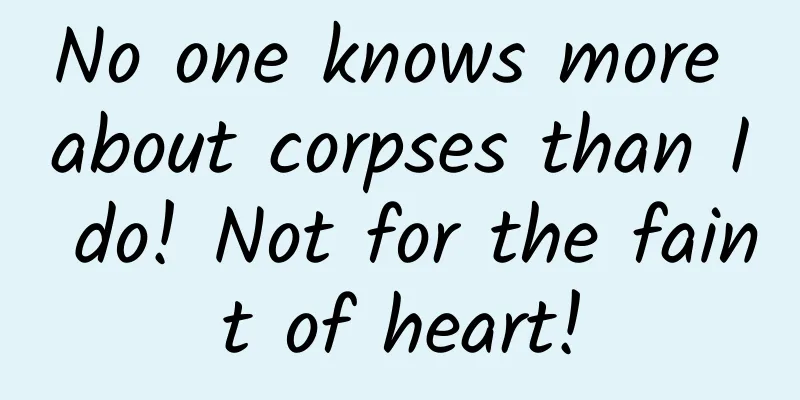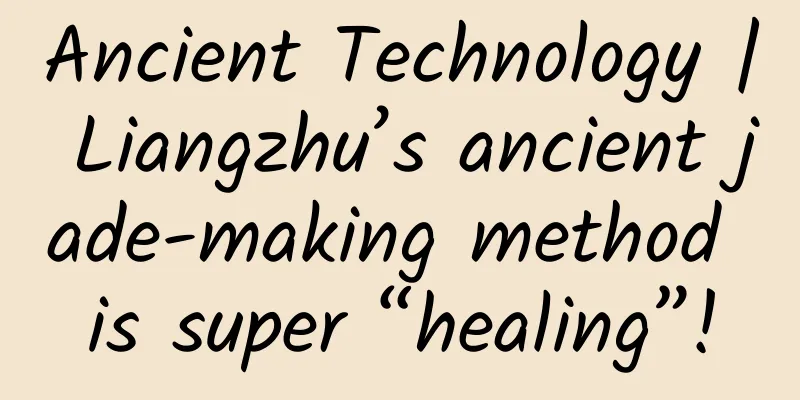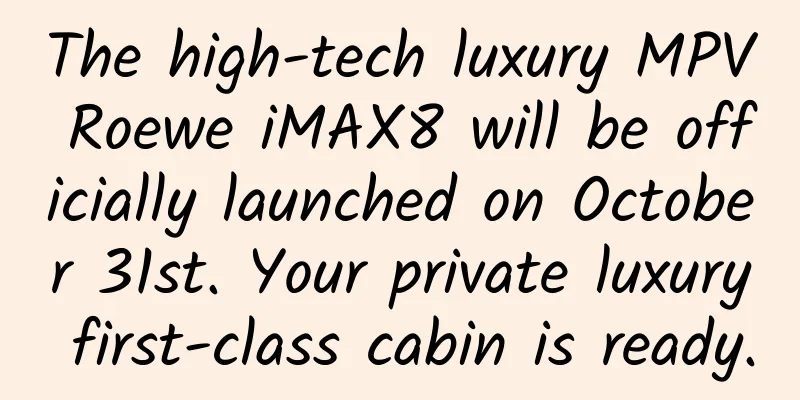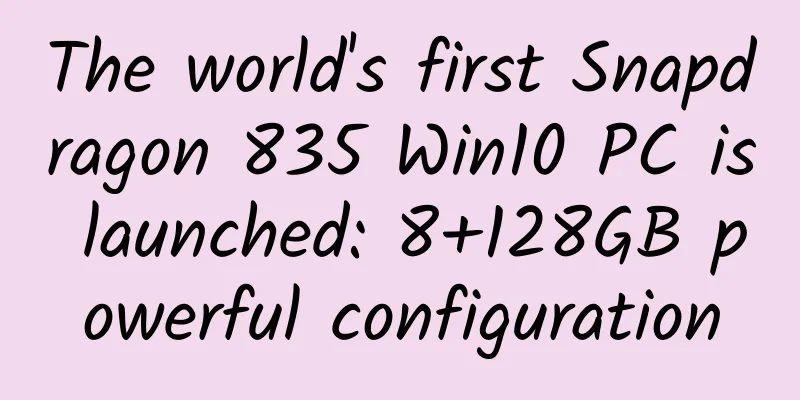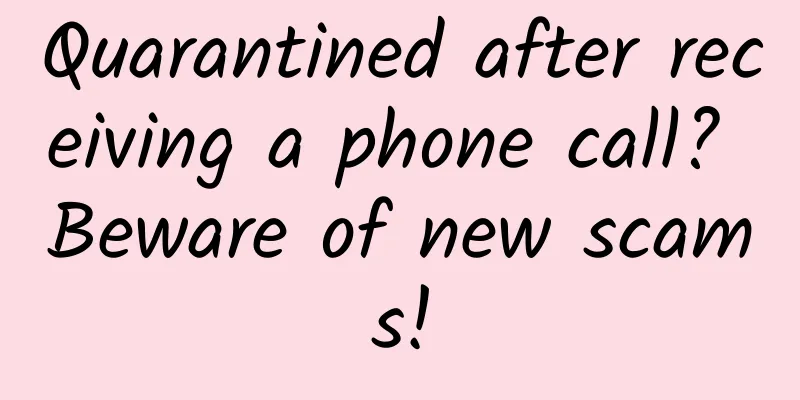How to build the strongest user activation system?
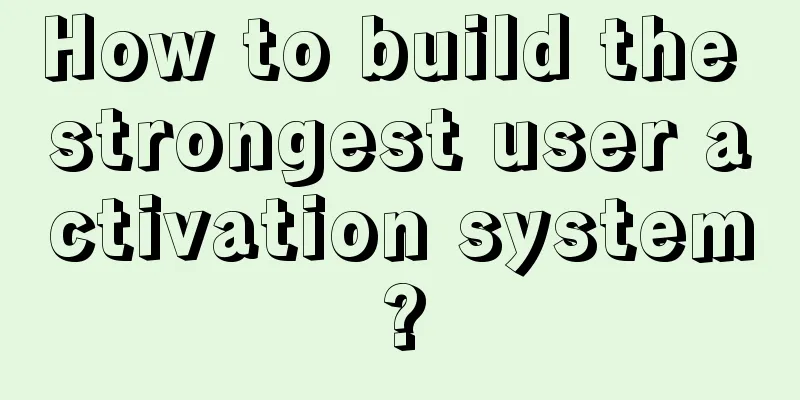
|
Today I would like to share with you my understanding of the “activation” phase in the user life cycle. There is an American proverb “it takes a village to raise a child”, which means it takes a village to raise a child. Similarly, activating a new user requires the efforts of the entire company. Colleagues work hard to attract a new customer, but it’s not like they can just throw the customer away and wait for operations to send them a new user coupon. It’s like you are hungry and want to eat, and a warm-hearted lady at the intersection invites you into a restaurant. Although there are menus and discounts posted everywhere on the wall, no one is cold and pays any attention to you. What would you do? 1. Cold interactive experienceWhat is your landing page design style? Let me guess, is the main color bright red? Very festive? Are the characters above very happy? Would you make the click button bigger and have it animate, to create an atmosphere of "welcome, welcome, warm welcome"? So you realize what we are doing? All expectations are that users click a button to go to the next page, but what users want now is often overlooked. For example, this page: What does this mean? The target group of this page is people who want to join, but all the content is the company's own talk. What's worse is that it is all empty talk and clichés, and does not take into account the feelings of the readers at all. A more advanced approach is this: selling points + strengths + cases, with multiple conversion tools interspersed in between, allowing users to generate conversion actions at any point. This design is very good and classic, and you won’t make any big mistakes if you follow this routine. But what I want to say is: this design is like Tencent’s AI customer service, which is deliberately designed to make people very uncomfortable. No matter how festive the colors are or how elaborate the words are, they cannot conceal the deliberate sense of design and the cold interactive experience. Because you are just speaking your own words, treating the user as the object outside the glass. 2. Whose side are you on?Yes, as I stated in the title, which side do you think the above two cases stand on? There is no doubt that everyone is speaking from the perspective of the merchants. What is activation? It's not that you are outside the circle and I am inside the circle, separated like a bank counter. Instead, we get together with our users and turn from strangers into friends. Let’s think back to our childhood, when did we start making friends? The two of them moved closer, and then the first eye contact, the first "hello," the first smile began. Therefore, we cannot just stand on our side and talk to ourselves. Instead, we must stand on the user's side and whisper to them, or even rub their ears against theirs to start the first intimate contact. This is the core of activation. For example, the logic of this landing page is better than the above two: reason + problem + solution + simple action + what others say. Let's compare:
Do you think that is more like chatting with friends? Which one is more approachable? Which one is warmer? Let me tell you another case, just take it as a joke. It is said that the landing page with the best experience and the smoothest payment process is the one that sells fake drugs and scammers. 3. Data Analysis in Peak Experience ThinkingOnce the core of all contradictions is grasped, the next things will be logical and smooth. Of course, I am not denying the importance of looking at all the major markets. Conventional data analysis indicators and methods are of course necessary. But these can only make us qualified, not excellent. What should we do after the user arrives at the landing page? Give him an immediate "Aha" moment and create a peak experience. Let users experience the value of your product for the first time, complete key conversions, and increase the likelihood of users staying. 1. From a data perspective, we should first determine the “activation formula”We usually set our "activation formula" like this:
Activation behavior should be defined with retention as the purpose, because the direct goal of activation is to enable users to stay and bring value to the product in the long run. Based on the business's understanding of the product, you can filter out some high-value or frequently used functions, and position users who use certain core functions as activated; or establish a correlation between retention rate and behavior, and select user groups with higher correlation to make a retention curve; looking at different retention curves, you can see that the possibility of retention is higher after a certain action is implemented. Or find the legendary magic number after how many behaviors the retention rate is higher. The above activation formulas are quite standard, but what I want to say is, from the perspective of peak experience, how should we set the "activation formula"? I think it is the emotional feeling of the landing page + the smoothness of the first activation process, in other words, emotion + experience. Someone will say it. Landingpage is used to attract new users, what does it have to do with activation? Man, this is a big deal! It can even be said that landingpage activation is the real activation! If I don’t have a good first experience, I’ll probably never come back again. But emotions + experiences cannot be quantified, so what should we do? Two ways:
When conducting internal testing, loyal fans will provide a lot of experience from the user's perspective. Although a lot of the content may seem funny and unprofessional to us, please respect it as it is real feedback from users. 2. Build an “activation” platformWe talked about emotions above, and now let’s talk about how to view the process experience. The specific method is to build a conversion funnel, see which links in the middle can hinder activation, and find the key links and deficiencies. Here we introduce a method to improve the activation effect - path analysis method. Taking a certain e-commerce platform as an example, new users go from the advertising page to details - order - purchase. The conversion rate from the advertising page to details is 60%, and the conversion rate from details to order is 33%. It was found that the conversion rate from order to purchase is 49%. It can be seen that a large number of users were lost from viewing the details to placing orders. Further analyze in detail the steps from details to order placement. For example: view pictures - view comments - view recommended content - place an order - exit. When it comes to the key links here, is the picture not clear enough? The content is not attractive enough to users? This requires setting up growth experiments to promote user conversion behavior, while also testing the long-term retention of these users to verify the causal relationship. If retention improves, then causality is verified. The whole process is as follows: determine activation goals - build target conversion funnel - find problems - analyze problems - propose hypotheses - test - evaluate effects. Is that enough? Still not enough! Ma Huateng said that they have a skill, which is to become a novice in seconds. What does this mean? This means directly dismantling the models and processes mentioned above, and directly transforming into a real user, exploring this app and even this link from the perspective of a new user. At this time, this link is your first impression and entire means of interacting with users. What should we do here to activate the market? I don’t think I’ve reached Ma Huateng’s level, so I’ll use the simplest method, such as finding a real new user, showing it to him, and asking him to give his first impressions and process experience. You are right next to him, clicking on the page and letting him scroll down on his own. You will find that he will not follow the path you set at all. But it doesn’t matter, just observe and I suggest you take a picture of it. You may find something you never expected here. What we want is actually the user's "Aha" moment. If we don’t see this Aha in the data or observations, then we should reflect. Because we didn’t give users this Aha feeling. Then the activation design has failed. 4. How to achieve peak experience?1. What are the common marketing strategies for marketing activation?In addition to product process optimization, there are novice guidance, starting novice tasks, pre-incentives and other methods. These will also vary according to different scenarios of 2B and 2C. For 2B: First, guide new users and make a new user map to help them quickly get started with the platform's rules and gameplay. Quickly achieve the first order, give traffic tilt or large red envelope subsidies for the first order on the group buying website, relieve the worries of merchants after settlement, and increase their enthusiasm for the platform. For 2C users, reduce registration barriers and remove unnecessary steps; provide timely promotion by reminding users via email or text messages to complete new user activation; provide personalized services by allowing users to choose their own interests and preferences, and provide different guidance based on user purposes. But none of these can create a peak experience for people. Let’s think back, what APPs have used guiding methods to make us say “Aha” or even want to take a photo and post it on WeChat Moments? There was a time when I liked reading books on my mobile phone. But page turning on mobile phones is not user-friendly, usually there are three areas: left, middle and right. When turning pages, my thumb often touches the middle menu, which is extremely annoying. One day I opened a new APP and said Aha, it was so thoughtful! This design sets the entire right side and lower right side as the next page, so you will never have to worry about accidentally calling up the menu page again. I immediately felt touched. 2. Common operating methodsE-commerce: exclusive for new customers, discount for first order, red envelope for check-in, monthly service, limited time sale, coupons, vouchers, daily lucky draw, invite friends, SMS, email, app push platform notification, red envelope to wake up friends, group buying, discount for first order, big promotion (618/Double Eleven/Double Twelve), out of stock clearance, 9.9 special sale, too many to count... Content production: VIP privileges, growth points, medals, holiday gifts (Goddess Day), birthday gifts, content creation bonuses, rewards, interactions, followers (number of fans) Finance: No commission for account opening, 6% return on first order, interest rate coupons, free level-2 upon deposit, points upon deposit, vouchers, phone calls to retain customers... Are so many means enough? It seems like there are too many and I can’t use them all up. But those who have worked in operations know that these methods are useless. They can’t be fully described in 3,000 words, okay? However, from the perspective of users saying “Aha”, none of the above is good enough. Let me give you an example of how my mother learned to shop online. My mother only learned how to shop online in recent years, not from Taobao, JD.com, or Tmall, but from Pinduoduo. She was a new user attracted by the promotion. When she saw the astonishing prices of so many products on Pinduoduo's landing page, she was completely attracted to the product and couldn't extricate herself from it. This was her Aha moment, and the beginning of her becoming a die-hard fan of Pinduoduo. V. ConclusionLandingpage is the first battlefield to be activated and also the most important one! We cannot be separated from users, but instead we must become friends with them, speak up for them, and say what they want to say. Activation is not about pointing a path to the user, but about walking the path with him. Give him a warm feeling and a silky experience. All data analysis methods, marketing methods, and operational methods should revolve around "feeling + experience". Without these, even the best analysis models, UI designs, and operational methods will be ineffective. Author: Big Data Architect Source: Big Data Architect |
<<: How to optimize advertising creatives to increase efficiency by 50%?
>>: How to correctly take advantage of hot topics when doing marketing?
Recommend
There is a 71% probability that "La Niña" will return. Is another unprecedentedly cold winter waiting for us?
What? Another extreme weather event is coming?! 2...
Smart investment advisors, asset allocation, content marketing…How are financial management platforms transforming in 2017?
After briefly summarizing the background of indus...
Methods to boost the Wenchang position
Wenchang Tower and Wenchang Lantern can boost the...
A Japanese company encourages people to retire at the age of 80: New news on the delay of retirement age in various countries in 2020
Nojima, a well-known Japanese home appliance reta...
When people reach middle age, their bodies become more and more round. What's going on?
Produced by: Science Popularization China Author:...
Can fried oil really not be reused multiple times? The answer is not what people think
People who like to eat snacks should have seen fr...
Why doesn’t the information flow convert? Here’s the reason!
This article only discusses accounts with landing...
New changes in iOS 15 Safari: the address bar can be set at the top or bottom according to user preferences
In iOS 15, Apple introduced a new Safari experien...
The ancient buildings of the Forbidden City, full of intrigue, contain the wisdom and romance of our ancestors
In April, the Forbidden City is full of blooming ...
The strange iPhone 6: Gold is out of favor
After iPhone 6/6 Plus went on sale on the 17th, a...
Apple offers free replacement program for some iPhone XS, XS Max, and XR smart battery cases
In January 2019, Apple launched a smart battery c...
What? When the ancients created Chinese characters, they actually made these "wrong" characters?!
When talking about Chinese characters, one can of...
What operating system is safe for the military?
In the first half of this year, a document from t...
He is the first person in China's optical fiber industry. Your "WiFi freedom" cannot be separated from him! |Time Letter
Special Project of Beijing Science Center Origina...
What is a "leopard print mango"? Can it be eaten? Can it be sold?
Recently someone recommended me a new thing calle...

